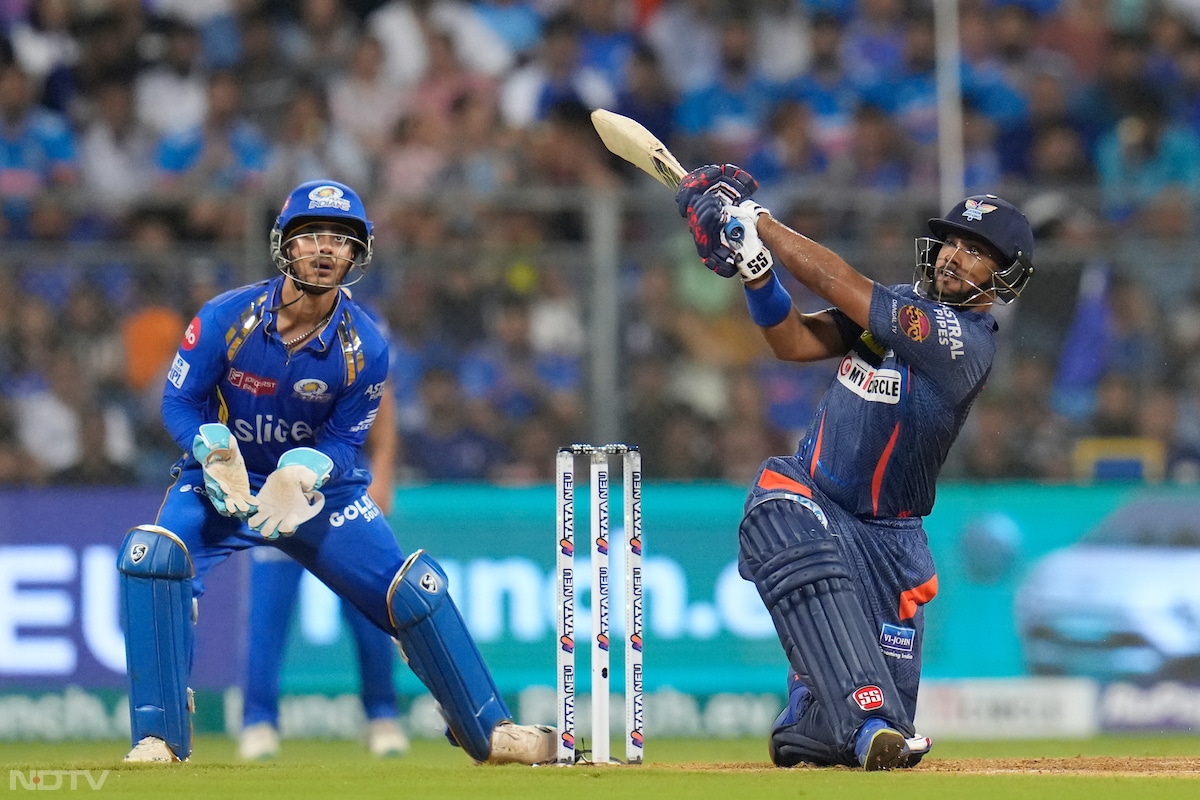Cricket - IPL 2024
The Future of Test Cricket
Published: 20 November 2024

Test cricket, often regarded as the purest form of the game, is facing significant challenges in the modern era. With the rise of franchise T20 leagues and the increasing popularity of limited-overs formats, the future of Test cricket hangs in the balance. However, there are several avenues through which the longest format can not only survive but thrive in the coming years. One of the primary concerns for Test cricket is the scheduling and frequency of matches. Currently, many Test-playing nations engage in only a handful of Test matches each year, which diminishes the format's visibility and appeal. The International Cricket Council (ICC) has recognized this issue and is exploring ways to increase the number of Test matches played, especially for lower-ranked teams. By promoting longer series and ensuring that all nations have adequate opportunities to play Tests, the ICC aims to level the playing field and enhance competition. Another factor contributing to the decline in interest in Test cricket is the financial disparity between countries. The "big three" nations—India, England, and Australia—have significantly more resources compared to smaller cricketing nations. This imbalance can lead to a lack of competitive matches, as lower-ranked teams struggle to attract audiences and sponsors. To address this, there is a growing call for wealthier boards to share their financial resources with struggling cricketing nations. This support could help sustain Test cricket at all levels and ensure that it remains a viable format for future generations. The introduction of pink-ball Tests has also garnered attention as a potential way to rejuvenate interest in Test cricket. These matches have proven successful in attracting larger crowds and generating excitement among fans. The ICC has suggested that more pink-ball Tests should be scheduled, particularly in countries where traditional day-night matches have been well-received. This innovation not only enhances the spectator experience but also provides players with a different challenge, adding a new dimension to Test cricket. Moreover, as players increasingly gravitate towards T20 leagues due to financial incentives, it is essential to emphasize the unique aspects of Test cricket that set it apart from shorter formats. The strategic depth, skill development, and mental fortitude required in Test matches are qualities that many players cherish. Prominent cricketers like Ben Stokes and Virat Kohli have openly advocated for the preservation of Test cricket, highlighting its importance in developing well-rounded cricketers. While there are challenges ahead, there is also hope for the future of Test cricket. The World Test Championship has introduced an element of context and competitiveness to bilateral series, encouraging teams to strive for excellence over an extended period. As more nations become invested in this format through targeted scheduling and increased opportunities for competitive play, Test cricket can regain its stature as a premier format. In conclusion, while Test cricket faces significant challenges from T20 leagues and changing player priorities, there are numerous strategies that can be employed to secure its future. By increasing match frequency, addressing financial disparities, embracing innovations like pink-ball Tests, and promoting its unique qualities, stakeholders can work together to ensure that this cherished format continues to thrive for generations to come. The survival of Test cricket is not just about preserving tradition; it’s about fostering a love for the game that transcends formats and brings fans together in celebration of cricket’s rich heritage.











